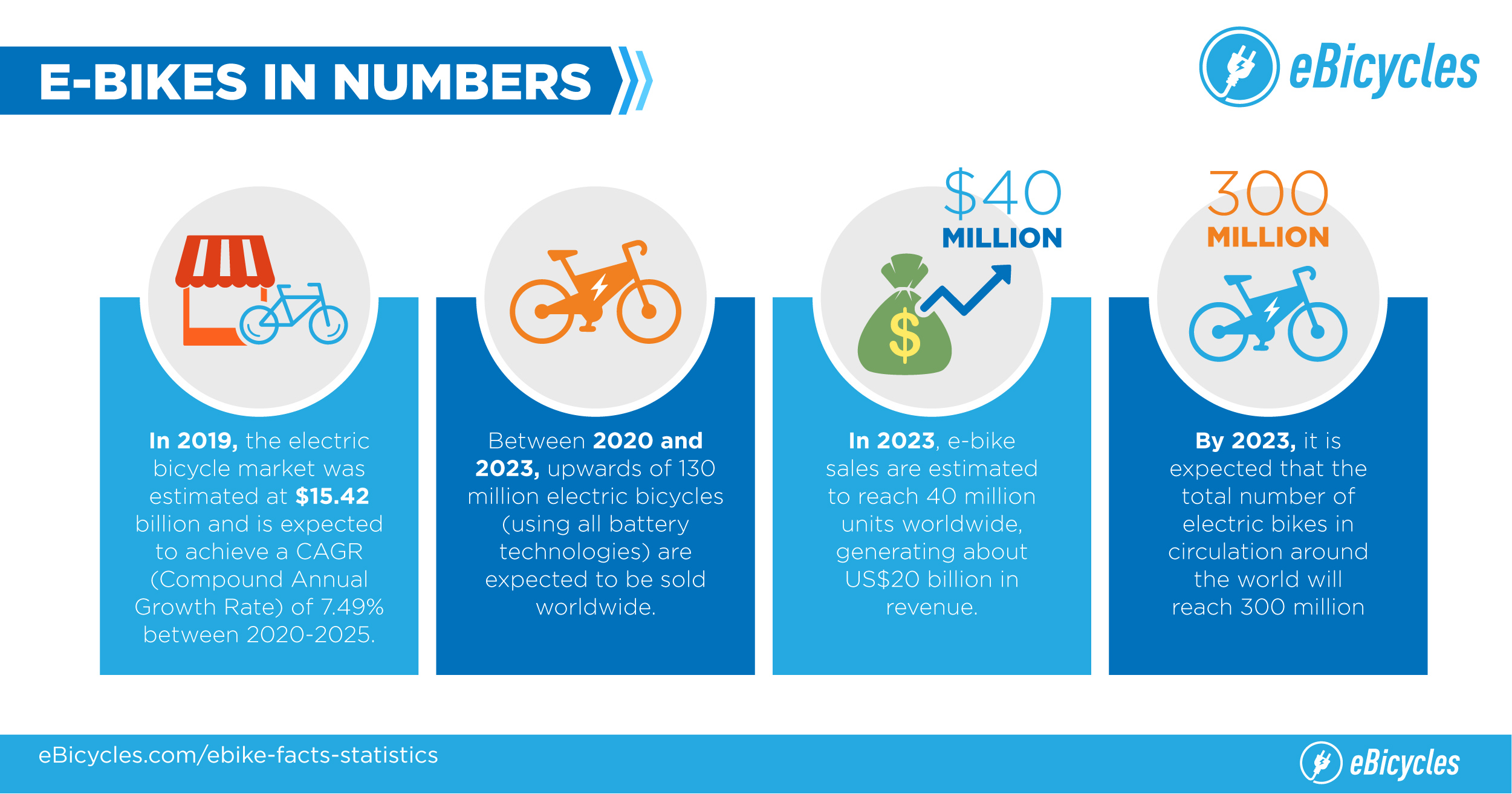Discover The Optimal E-Bike That Matches Your Requirements And Lawful Needs
Discover The Optimal E-Bike That Matches Your Requirements And Lawful Needs
Blog Article
Write-Up By-Funch Coyne
If you're taking into consideration buying an e-bike, understanding the different classes is type in making an educated decision. You could be surprised at just how each course provides one-of-a-kind functions that accommodate numerous riding preferences and lawful needs. From pedal-assist options to throttle-controlled designs, each course has its advantages. So, before you choose the perfect e-bike for your demands, it's vital to realize the distinctions between Class 1, Class 2, and Class 3 e-bikes.
Course 1 E-Bikes
Class 1 E-Bikes are specified as pedal-assist electric bicycles that provide aid just when you pedal, ceasing to do so as soon as you reach 20 miles per hour. These bikes are excellent for those trying to find a little extra increase while still intending to get some workout. Course 1 E-Bikes provide a smooth transition in between pedaling and electrical assistance, helping you dominate hills and fars away easily. The motor begins as quickly as you start pedaling, supplying an all-natural and easy trip experience.
One of the crucial advantages of Class 1 E-Bikes is that they're allowed on most bike paths and routes where typical bikes are allowed. This means you can explore new routes and delight in the outdoors with no constraints.
In https://www.outdoorgearlab.com/reviews/biking/class-3-electric-bike/lectric-xpeak , these bikes are eco-friendly and offer a sustainable setting of transportation, minimizing your carbon footprint while still getting you to your destination efficiently.
Class 2 E-Bikes
Carrying on from the pedal-assist dynamics of Class 1 E-Bikes, Class 2 E-Bikes introduce a brand-new element into the electric bicycle realm. These e-bikes feature a twist throttle attribute, allowing you to ride without pedaling in any way. With this addition, you have the alternative to merely involve the throttle and allow the electric motor do the work, pushing you onward effortlessly.
Class 2 E-Bikes are ideal for motorcyclists who may require a break from pedaling or need help when starting from a total stop. This function makes them specifically appealing for individuals with minimal mobility or those who desire an even more leisurely riding experience.
Nonetheless, it's important to keep in mind that Course 2 E-Bikes are still controlled by a rate limit of 20 mph, making certain security and compliance with policies.
Course 3 E-Bikes
For bikers looking for an extra dynamic electric biking experience, Class 3 E-Bikes offer improved rate and efficiency contrasted to their Course 1 and Class 2 equivalents. Course 3 E-Bikes are known as "rate pedelecs" and can get to speeds of as much as 28 miles per hour, providing a thrilling trip for those searching for an additional boost. These bikes come geared up with a pedal-assist system that starts when you start pedaling, making it easier to preserve greater speeds with less initiative.
One crucial feature of Course 3 E-Bikes is that they aren't limited to bike lanes just; they can also be utilized on roads where the rate restriction is 30 miles per hour or reduced. This versatility enables bikers to navigate through traffic a lot more successfully while still taking pleasure in the advantages of electrical assistance.
However, it's essential to bear in mind that some areas may have details regulations pertaining to using Class 3 E-Bikes, so always inspect regional regulations prior to hitting the road.
Conclusion
So, since you comprehend the distinctions in between Course 1, 2, and 3 E-Bikes, you can make a notified decision on which type finest fits your needs. Whether you choose pedal-assist, throttle function, or greater speeds, there is an E-Bike class out there for you. Bear in mind to consider your neighborhood guidelines and personal preferences before making your selection. Happy riding!
